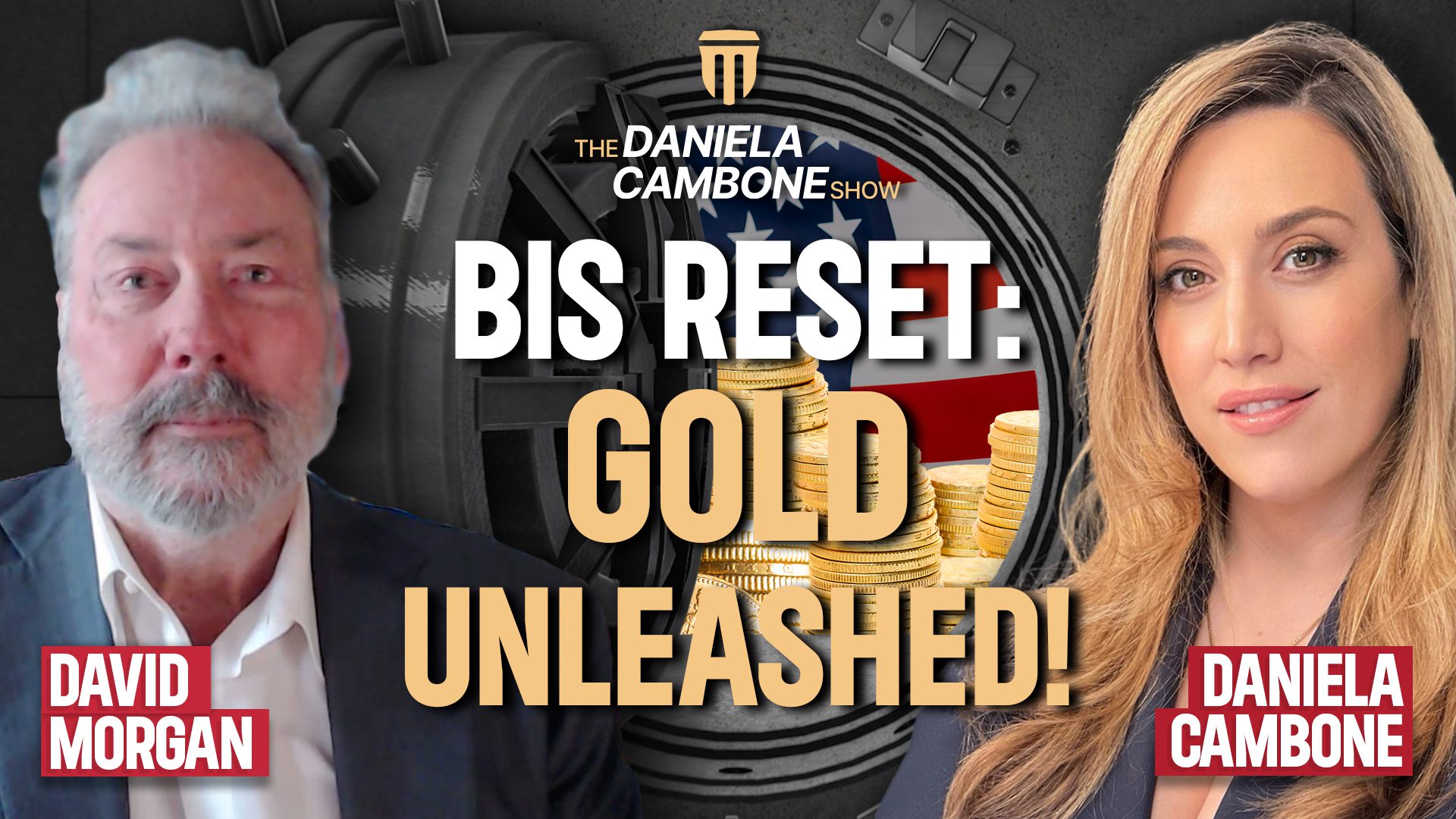The Relationship Between Dow Jones and Precious Metals like Gold coins, Platinum, and Sliver

I am using the Dow, in my Dow/Precious Metals comparison, as my reference (i.e. proxy) for the stock market, only because the Dow is the most widely-followed market indices in the world and the one to which most people relate.
On July 30, 1980, the Dow Jones hit its peak of 1,024 points for that year. Actually, it was 1,024.05; but for the sake of simplicity, we will stay with 1,024. As of this writing, the Dow is hovering around 12,300, which means it is, roughly, trading 12.01 times higher than it was in 1980.
There have been periods in history when the Dow would buy only one or two ounces of gold. Today the Dow will buy approximately 19 ounces of gold. I have written about this ratio many times in the past. It is my belief that history will repeat itself, and the time will come again when the Dow will only buy one or two ounces of gold.
If gold were to trade at a multiple of 19 times its 1980 value, it would be selling for $16,150 an ounce. If gold were to trade just 12.01 times higher than its peak value in 1980, gold would be selling for $10,208.50 an ounce. Gold long term, in relationship to the Dow, seems to be cheap.
Again, at this stage one would have to ask oneself, “What are the chances that the Dow will even double in the next 5, 10, or 15 years?” On October 3, 2006, the Dow crossed its all time high of 11,722 points, which was achieved in January 2000. According to Decisionpoint.com, the current P/E on the Dow is 21. Decisionpoint explains that a normal P/E range, or a fair market value for the Dow, is somewhere within a P/E range of 10 to 20. So, currently, the P/E multiple is in the overvalued range (or bear market range). The yield on the Dow is 2.2%. The normal range or fair market value for the Dow yield is 3% to 6%. Therefore, in terms of its historic yield, the Dow is again in the overvalued range (or bearish range) according to Decisionpoint.com.
On December 13, 2006, Richard Russell (Dow Theory Letters) wrote about the overvaluation of the S&P 500, which provides a broad perspective of the stock market, and is the stock average followed most closely among professionals. Russell said, “One of the basic problems for investors today is that when the S&P is selling at 18 times earnings while providing a mini-dividend yield of 1.7%, the odds on stock appreciation over the coming five years is, to put it bluntly – minimal at best.”
I would also like to share something else with you. Historically, the selling of stocks by insiders has often been an ominous sign for the stock market. According to Bloomberg, Microsoft’s Gates and Google’s Schmidt sent insider stock sales to their highest levels since 1987. This may be among the first telling signs of what is to come for the stock market; but maybe the stock market will continue to chug along. Regardless, as a long-term investment, if you are viewing the stock market in relationship to gold, I repeat, gold seems to be very cheap!
PLATINUM
In March 1980, platinum reached $1,040 an ounce. On November 20, 2006, platinum hit $1,254 an ounce. Today gold is roughly $225 lower than its all time high reached in 1980, and platinum is around $214 higher than its 1980 high. Even in relationship to platinum, gold seems cheap! And platinum is considered to be an industrialized metal, not a source of real money; therefore, under serious economic circumstances, I believe platinum is less likely to fair as well as gold.
SILVER
Today silver is trading for $13.10 an ounce. In 1980 silver peaked at around $52.50 an ounce. Silver is, therefore, trading at 4.24 times less than it was trading for in 1980. It is one of the only items on the planet that seems to be cheaper than gold. However, over the years there has been much speculation as to whether or not that price was artificially manipulated by the Hunt Brothers, who, you may remember, tried to corner the silver market in the late ‘70s and into early 1980.
Also, as with platinum, silver is considered to be an industrialized metal, not a source of real money. Under serious economic circumstances silver is less likely to fair as well as gold. That being said, you should keep in mind that the above-ground supply of silver has been severely depleted, and there is a shortage, therefore, I still think it is an excellent buy today.
RARE COINS
There are a number of rare coins available in the coin market today, actually a few hundred; but there are thousands of stocks and mutual funds. Coins are much easier to understand than stocks and mutual funds, and they can’t be created out of thin air. Rare coins were minted many, many years ago. For example, the coin I like to use as my instrument of representation the coin market (sort of the way you would use a person as a proxy) is the MS64 $20 Liberty, which was minted between 1850 and 1907. They don’t mint the MS64 $20 Liberty anymore!
The $20 Liberty hit its all-time peak in 1989. On May 12, 1989, the most common date 1904 MS64 $20 Liberty reached a retail peak of $6,335 per coin. Today the 1904 MS64 $20 Liberty retails for around $1,736 per coin. This price is 3.64 times below the price you probably would have had to pay in 1989.
Historically, scarcity has equated to greater profits, and I believe that over the long term that pattern will repeat itself over and over again in the coin market. Those coins with lower populations or lower survival rates may sell for many times the multiple of gold or silver bullion and/or a common date rare coin. With that in mind, in this newsletter I am offering a better-date gold coin, a MS64 $20 Saint-Gaudens 1916S, which I believe is very undervalued today!
When comparing a better-dated gold coin to a common date the two main factors that one needs to consider, assuming both coins are graded in the same condition: the number of coins minted that year and the number of coins graded in that condition.
In 1916, there were only 796,000 of the $20 Saint-Gaudens minted in the San Francisco Mint. Compare that to the 4,323,500 $20 Saint-Gaudens coins minted during 1924 in the Philadelphia mint. The 1924 is the most common date; and in terms of mintage, the 1916S is 5.43 times rarer than the 1924.
How does the MS64 $20 Saint-Gaudens 1916S stack up in terms of coins graded in comparison to the $20 Saint-Gaudens 1924? When we compare the MS64 $20 Saint-Gaudens 1924 to the MS64 $20 Saint-Gaudens 1916S using the grading standards of PCGS and NGC, the difference really becomes evident. There have been 132,346 of the MS64 $20 Saint-Gaudens 1924 coins graded compared to just 2,908 of the MS64 $20 Saint-Gaudens 1916S coins. In terms of grading, the MS64 $20 Saint-Gaudens 1916S is 45.51 times rarer than the MS64 $20 Saint-Gaudens 1924. As of this writing, you can acquire the common date MS64 $20 Saint-Gaudens 1924 for $1,23 1. You can acquire the MS64 $20 Saint-Gaudens 1916S for $1,752. That’s less than a 43% premium over the MS64 $20 Saint-Gaudens 1924. Yet, the MS64 $20 Saint-Gaudens 1916S is 45.51 times rarer than a common date MS64 $20 Saint-Gaudens 1924. The MS64 $20 Saint-Gaudens 1916S seems cheap in comparison to a common date coin today, considering the rarity factor and, particularly, the grading rarity factor!
I believe that as the bull market in precious metals and rare coins moves forward, we may see the premiums on the better-dated gold expand greatly towards its grading rarity factor. For example, take the price of the common date, 1924 MS64 $20 Saint-Gaudens: $1,231 x 45.51 = $56,022. While I do not expect the 1916S MS64 $20 Saint-Gaudens to out perform the 1924 MS64 $20 Saint-Gaudens by as much as the previous example, I do think in the long run we will be pleasantly surprised as to the appreciation of a coin like a 1916S MS64 $20 Saint-Gaudens versus the premium one has to pay over a common-date coin today. Because the supply is limited and prices are subject to change, we recommend that you call and reserve your coins today! Due to the small number of coins we have available, we are limiting this purchase offer to three per household for these precious metals.














